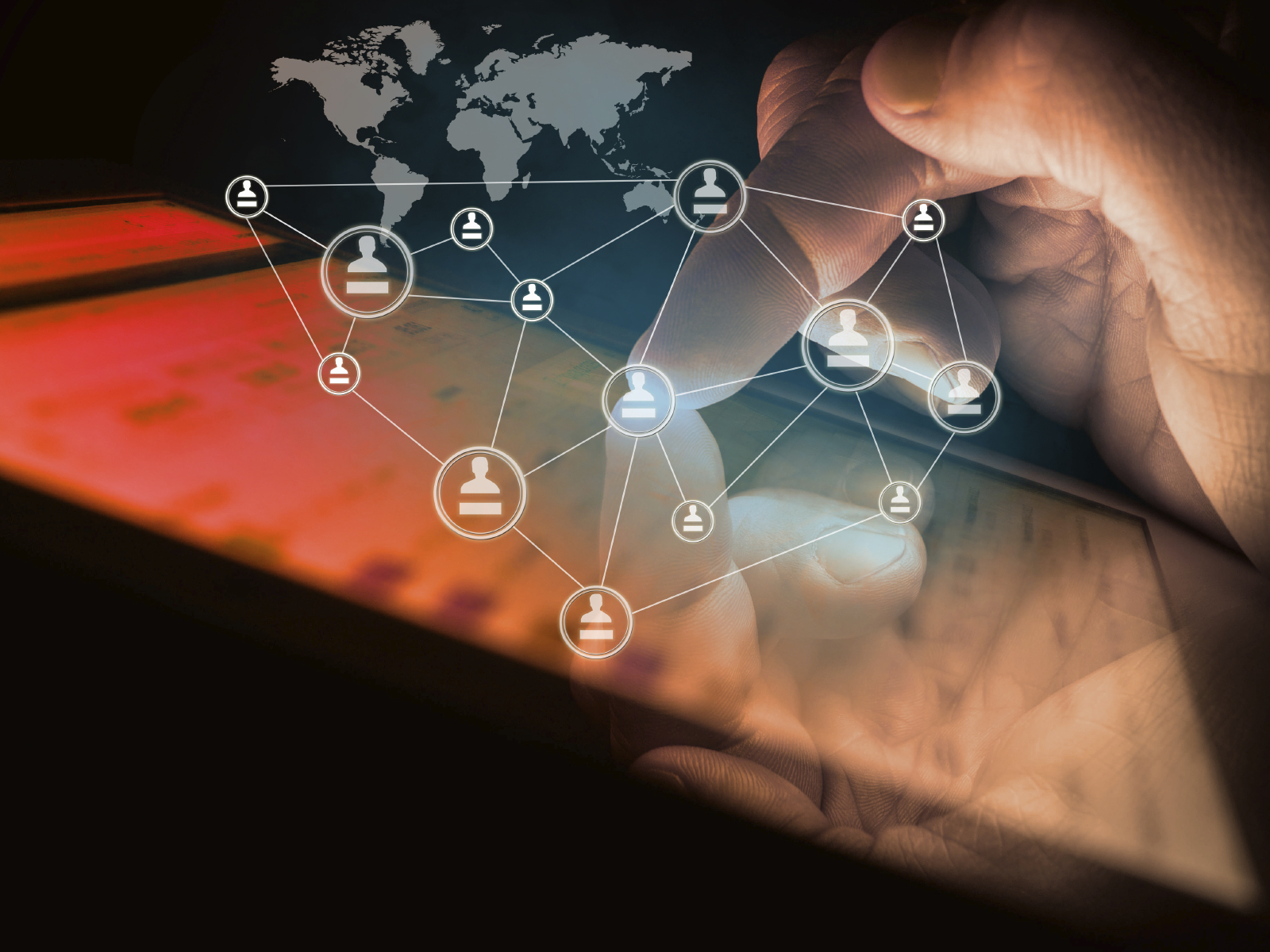
Manufacturers of IoT hardware are fast becoming first-time software vendors that need licensing and entitlement management (LEM) solutions.
Figures from Gartner reveal that by 2020, a failure to put in place LEM systems by IoT hardware manufacturers will result in a 20% drop in a potential $130 billion revenue generated from software.
Device manufacturers need to protect and monetise the intellectual property (IP) contained in applications by adopting LEM systems that control access to the internet-connected device, its functions and its features.
"The IoT is creating a new type of software vendor for whom LEM is vital to protect, differentiate and monetise their offerings," said Laurie Wurster, research director at Gartner.
"By monetising the software on their devices, these vendors will be able to increase and drive recurring revenue streams, creating billions of dollars of additional value."
Steve Schmidt, VP of Corporate Development at Flexera Software told CBR: "Hardware manufacturers increasingly have little choice but to move away from inactive objects and transform their products into Internet-connected, software driven intelligent devices."
To profit from this business model transformation, Schmidt added that device makers require systems in place to monetise the software applications they have developed and to protect their intellectual property (IP) investment.
Manufacturers must re-design products from fixed-function, disconnected devices to flexible, seamlessly connected systems, according to the VP.
Schmidt said: "A software-centric approach streamlines all aspects of the supply chain, from manufacturing to monetisation. For instance, if a telecommunications company has developed a "connected" commercial video surveillance camera with ten particular features.
"Using the software licensing-driven model, the telecommunications company need manufacture only one physical model.
"Using software and the power of licensing, the device maker then simply turns on features 1-3 to sell as the "basic" model. It could then turn on features 1-6 and sell that model as the "premium" model, or turn on features 1-10 and sell it as the "platinum" model. Three models which previously required three separate manufacturing supply chains – now reduced to one. "






